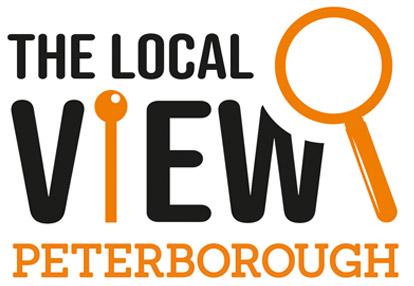Generative AI, such as ChatGPT or chatbots, is widely accessible and may be of use, or is currently being used, in your workplace. Though use of AI can be informative and efficient, it may also mean that access to AI becomes unregulated.
AI is, to an extent, in its formative years within the workplace, but will presumably expand as technology develops and as specific sectors grow. As such, there are may ways to implement AI into the workplace, for example:
- – Translation and language tutoring services.
- – Handling administrative duties like correspondence, document creation, internal information distribution, summarisation, and spam identification.
- – Coding.
- – Conducting research and devising ideas.
- – Organising data.
- – Setting up automated responses and providing online customer support.
- – Detecting fraud in online transactions.
- – Utilising marketing strategies to identify and analyse crucial patterns and target ads effectively.
- – Assisting in software development.
Implementing an AI Policy
Due to the increase in social media presence in the workplace, it is common for a social media policy to be introduced. Similarly, having a policy on the use of AI in the workplace will be beneficial for both an employer and employee.
It will ensure that employers can manage the risks presented by AI and provide clarity to employees which will, by extension, enhance productivity.
A policy could cover:
- – Which tasks specifically require the use of AI.
- – What AI platforms and programs are permitted platforms – this can depend on the nature of the business and the work that is being carried out.
- – The process of documenting the use of AI for each task/project – this transparency should be a top priority for employers.
- – How the information produced from AI is monitored and checked to mitigate the risks of bias, offensive language and inaccuracies in information.
- – Which areas of information are confidential and therefore should not be inputted in an AI program.
- – Any AI-related training that all employees would benefit from taking
Risks of AI in the Workplace
As a result of this increased use, the risks associated will inevitably increase too.
In relation to the AI technology itself, there are several risks which an employer should be aware of and consider:
Precision
Both employers and employees should be aware that AI may offer inaccurate information as it is trained using publicly available data from the internet. Therefore, it would be advantageous for employers to establish procedures for verifying the accuracy of AI-generated information.
Security and Privacy Concerns
Employees will have a lack of control over the data they have inputted. This clearly will amount to various data protection and commercial risks as sensitive and personal data will become vulnerable. Additionally, some forms of AI have been trained using information on the internet. This will lead to risks of plagiarism, transparency and a number of ethical issues associated with data processing.
Content that is Offensive or Shows Bias
As mentioned above, due to how AI has been trained, there is a risk that content produced may entail politically biased or offensive language. As such, there is potential for AI to be discriminatory depending on how it is being used and if the information is being checked externally.
Effect on the Workforce
There is also speculation that AI could begin to take over certain job roles and sectors. This impact is therefore another aspect employers need to consider not only in its use in the workplace but also during the recruitment process as it may not always be apparent how AI has assisted applicants with, for example, their CVs.
On the other hand, employees could use AI to their advantage by improving their own productivity.
Written by Katie Bowen Nicholas from Hegarty, members of Peterborough Business Directory.





